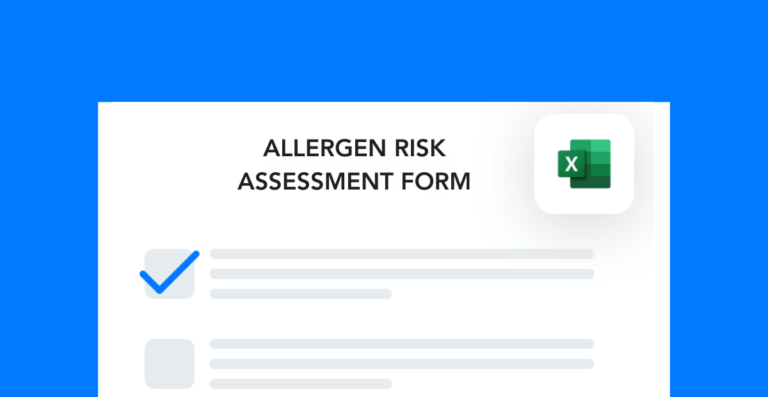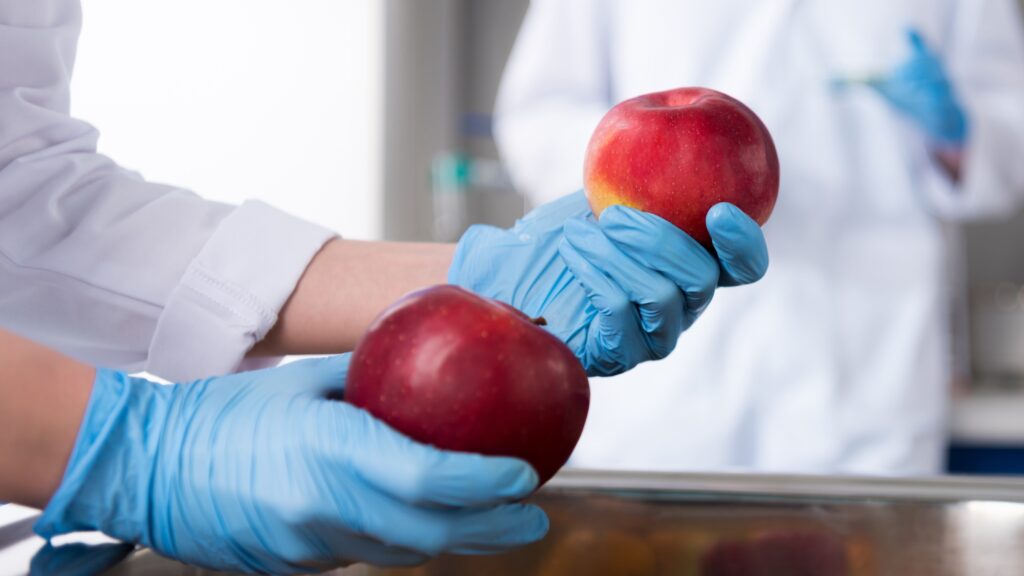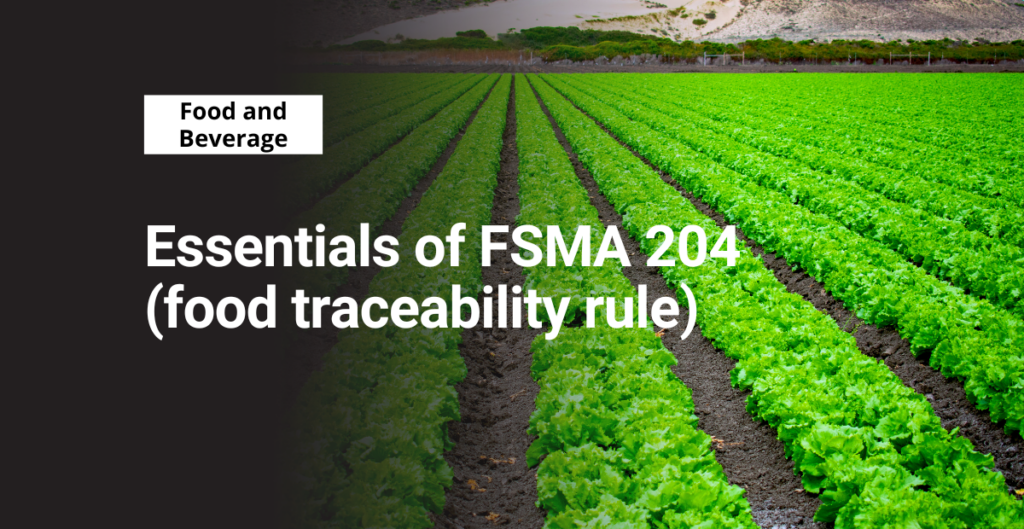Managing allergens is a crucial aspect of ensuring food safety. With the increasing prevalence of food allergies, it’s more important than ever to conduct thorough allergen risk assessment.
Knowing how to perform an allergen risk assessment is something that every food safety professional should have in their toolbox. Here’s a quick overview of what you’ll need to know.
Free Form!
This simple form provides an outline for completing an allergen risk assessment.
Audit Your Inventory and Processes
To do a hazard assessment, you’ll need to know which ingredients are in your products. Create a catalog of all ingredients and mark ones that are known allergens. Examples include peanuts, milk, eggs, wheat, and soy.
The next step is to audit your production process and determine where allergens might come into contact with non-allergenic products. These areas are known as “cross-contact points,” and they pose significant risk of health risks if not properly controlled.
Some examples of cross-contact points include:
- Storage rooms or containers
- Equipment shared across processes
- Communal work surfaces
Then, all you need to do is walk through your facility and observe the process. Follow the allergen-containing ingredients as they make their way across the site and document those areas where cross-contamination risks are present.
Categorize the Allergen Risk Level
Perhaps the most difficult stage of doing an allergen risk assessment is categorizing the risk level for each allergen in your food products. That’s because there are several variables that may influence your determination:
- Number of cross-contact points
- Type of allergen (powder, liquid, etc.)
- Status of the equipment used (general vs. specialized)
- Impact that contamination would have on vulnerable consumers
Overall, the goal of this step is to be able to prioritize your areas of focus. Once you categorize the risks, you’ll know which are high priority and which have a smaller impact on health and safety.
Implement Effective Control Measures
The last, and most important, step in any risk assessment is implementing effective control measures to reduce the risk level. In food safety, common approaches are to introduce new sanitization requirements, overhaul cleaning protocols, redesign storage systems, and more.
Each new food safety control measure should have associated action items. And each of those action items should have an owner who is in charge of ensuring their completion. Tracking the progress of your implementation process is crucial if you want to ensure that control measures go into effect.
Document and Monitor Your Allergen Risk Assessment Findings
You should keep all your allergen risk assessments documented in a central location for future review. One benefit of keeping them on file is that you can perform a trend analysis later on.
For example, you may notice that the risk level for a certain allergen remains high over several assessments. This is a sign that the control measures you’ve previously implemented aren’t effective enough.
As long as you review your records periodically, you be able to reap the benefits of pattern identification across risk assessments.





